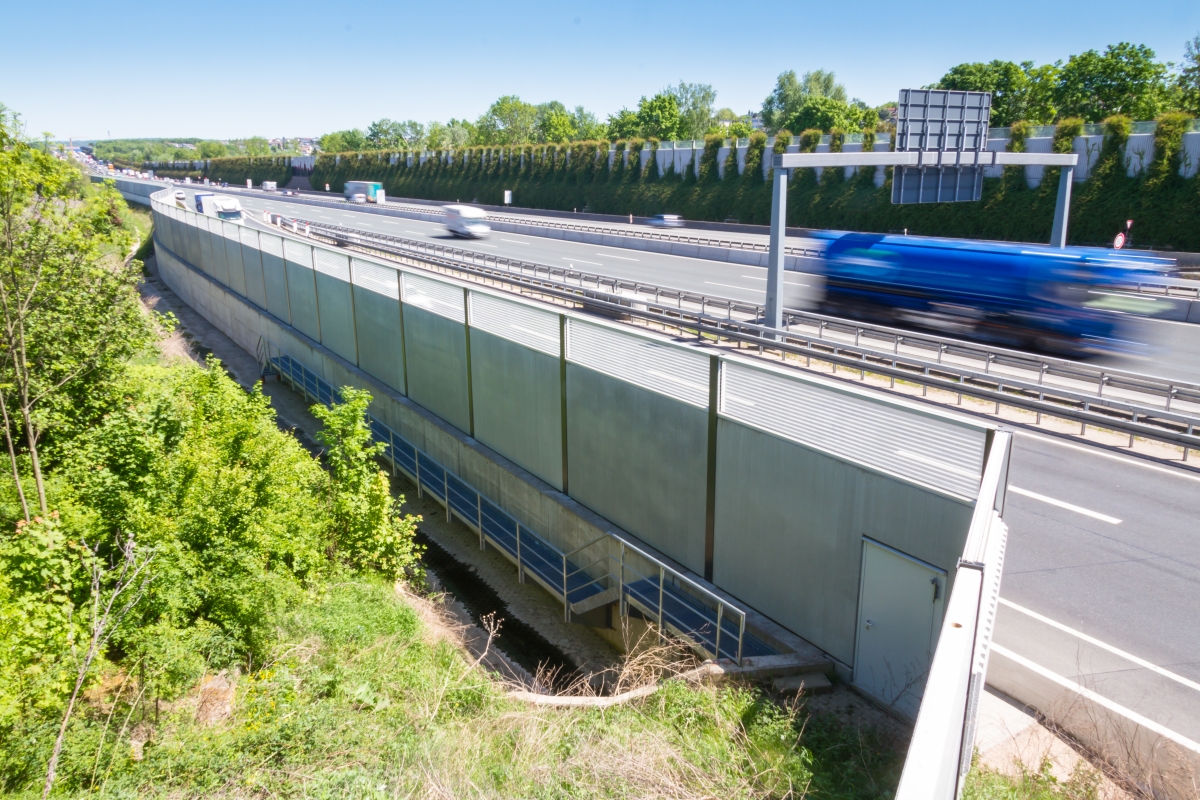Basics for the extended lifetime assessment of noise barrier systems
Noise barriers represent an important part of today's secondary transport infrastructure. In the Austrian Railway (ÖBB) network, for example, there are approx. 12,000 km of noise barriers and about € 30 million are spent each year on construction and maintenance. Due to the extension and new construction for high-speed railway lines, the aerodynamic load on noise barriers rises and the planned service life of the structures cannot be achieved. In recent years, AIT has carried out studies in this area which have analysed the impact side in detail. On the resistance side and life cycle these studies are still missing to a large extent. Above all, the durability behaviour of the various fasteners has not yet been sufficiently investigated. In addition, little attention has been paid to the durability problem in the past, which means that existing barriers often have inadequate design details. The change in the acoustic properties over time has also not yet been sufficiently investigated.
The aim of this project was to create a basis for evaluating the time-dependent development of the structural and acoustic properties of LSW, as well as to determine suitable methods for determining the condition of existing structures. This should further improve the lifecycle analysis on the operator side.
AIT has performed fatigue damages analysis of the structural main construction and investigated the influence of example prestressing forces in the bolts or different details, which have a big impact on the remaining life time. The models have been validated on full scale fatigue tests. The acoustic properties have been evaluated in a study performing in-situ acoustic tests on real noise barriers at different ages.
The project GRELL was funded by BMK and FFG within the framework of the MdZ call for proposals 2015.





